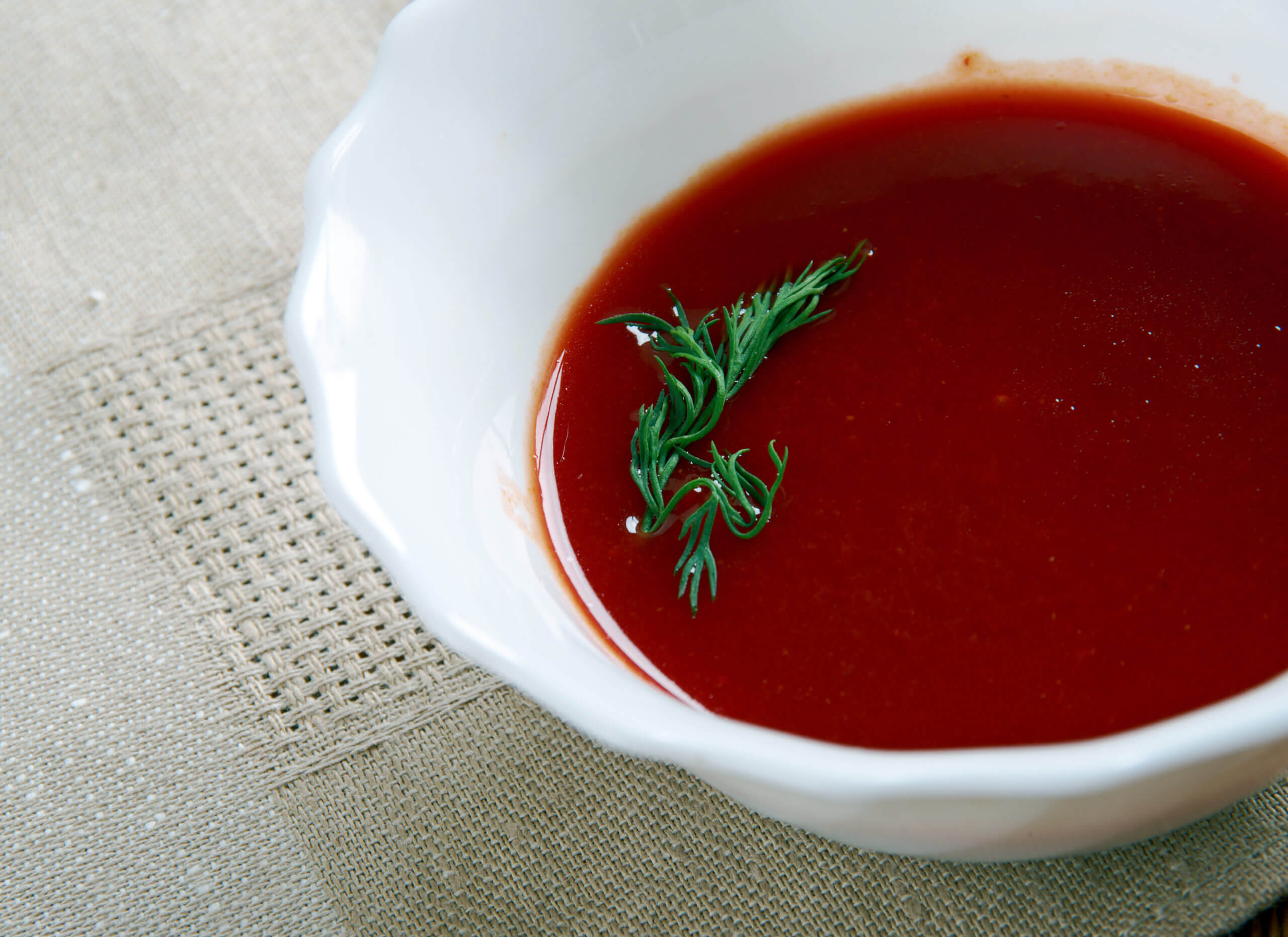How To Make Espagnole Sauce
Learning how to master the five “mother sauces” is considered foundational for anyone studying the culinary arts. Whether you’re seeking a career in the restaurant industry or refining your skills at home, mastering these staples of French cuisine will open up a world of possibilities in your cooking.
Of all the sauces, Espagnole sauce – Spanish sauce – is the rebel of the French family. Its roots aren’t Spanish, exactly – the sauce was created as a bit of a snub to the then-current cuisine during a royal wedding in the 17th century – and it became one of the French mother sauces.
These Sauces are Too Bland
As the story goes, when Louis XIII of France was marrying Anne of Denmark in 1615 (daughter of Phillip III of Spain), the Spanish chefs decided the standard French sauces were too bland for the wedding feast. They used Spanish tomatoes to add flavor and richness, and the recipe became a culinary sensation.
Out of honor and respect, Espagnole sauce was born into French cuisine. Chef Marie-Antonin Carême understood the importance of not just the gesture, but the flavor profile, which is why it was included in the original collection of four mother sauces in the 1800s. Chef Auguste Escoffier would later add Hollandaise to the mother sauces – a popular staple in North American cuisine.
Like all the mother sauces, there are many daughter sauces that come from Espagnole sauce, but let’s start with the foundation. We encourage you to explore the culinary arts, whether it’s at home in your kitchen, or in one of our classrooms – mastering this sauce is a great beginning to your culinary journey.
Making Espagnole Sauce – The Mother Sauce
Assemble the following ingredients:
- 8 oz clarified butter
- 8 oz flour
- 5 qt brown stock
- 8 oz tomato puree
- 1 bay leaf
- ½ tsp thyme
- ¼ tsp peppercorns
- 8 parsley stems
Fold the bayleaf, thyme, peppercorns, and parsley into cheesecloth and tie tightly with string to make your herb sachet.
In a deep, heavy saucepan over medium-high heat:
- Heat the butter until it is frothy.
- Gradually add the flour, stirring constantly with a wooden spoon until it becomes a thick paste. This is your roux.
- Lower the heat and let the roux cook for 5 minutes.
- Using a whisk, gradually add the stock and tomato pureé, stirring constantly to avoid lumps.
- Bring to a boil, then immediately lower the heat to simmer.
- Add the sachet of herbs and spices.
- Simmer for about 1 ½ hours to reduce, skimming the surface periodically.
- Remove the sachet and strain through a fine China cap lined with cheesecloth.
- Season to taste.
You can freeze this base in small batches and keep it for up to three months.
Culinary & Pastry Career Survey
Culinary & Pastry Career Survey
What's your ideal culinary career? Answer 20 simple questions and see if your dream career gets revealed to you.

We’ve compiled of all of the essential questions into one handy guide: Career options, description of skill requirements, and more!


The Daughter Sauces
Espagnole sauce is rarely used on its own. The bold flavor profile lends itself to so many sauce recipes – daughter sauces – that build on its rich, deep character. The most common use in most commercial kitchens is a demi-glace – it forms the base for countless sauces.
Here is a sampling of the flavors you can explore with Espagnole sauce as your base:
- Demi-Glace
A rich brown sauce that combines one part Espagnole sauce with one part stock and is finished with sherry. - Chasseur (Hunter’s) Sauce
Sautéed mushrooms, shallots and white wine reduction simmered in demi-glace. - Sauce Africaine
Espagnole sauce flavored with tomatoes, onions, peppers, and herbs. - Sauce Bigarade
Most commonly used in Duck à l’Orange, Espagnole sauce is added to duck drippings and flavored with orange and lemon juice. - Burgundy Sauce (Sauce Bourguignonne)
Espagnole sauce with red wine, shallots and bouquet garni (a bundle of herbs). - Marchand de Vin Sauce
This Classic French steak sauce includes red wine and chopped shallots simmered in a demi-glace. - Charcutière Sauce
Onions, mustard, white wine, and chopped cornichons simmered in demi-glace – this sauce is popular in many pork recipes. - Lyonnaise Sauce
In Lyon, onions are a culinary staple. This sauce combines onions and white wine vinegar simmered in demi-glace. - Bercy Sauce
Most often used with seafood, but also red meats, it’s reduced white wine with shallots simmered in demi-glace. - Mushroom Sauce
Made with sautéed mushrooms, shallots and a splash of sherry, simmered in demi-glace, this sauce delivers an umami flavor to a range of dishes. - Madeira Sauce
This demi-glace is enriched with wine from the Madeira region of Portugal. - Port Wine Sauce
Another sweet, rich addition to demi-glace, this sauce lends itself well to rich cuts of beef like prime rib and filet mignon.
The mother sauces open up a world of possibilities when you’re creating dishes in the kitchen…in your home or in a restaurant.
Whether you’re cooking for pleasure, considering a new career, or looking to advance your career in the culinary arts, we have classes to suit your needs and your schedule.
Want to learn more? Read these articles.
This article was originally published on July 15, 2014, and has been updated.


